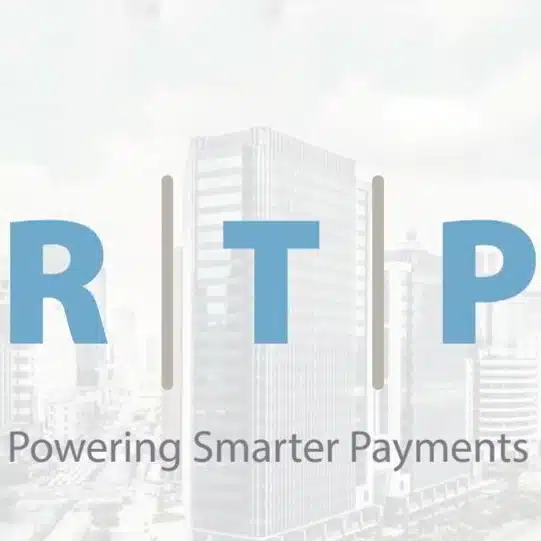The evolution of artificial-intelligence tools toward countering credit card transaction fraud took another step with the launch of a new AI workflow from Nvidia Corp. Meanwhile, the RTP network from The Clearing House Payments Co. LLC finds that 90% of organizations’ counterparties whom they send to or receive instant payments from also are on RTP.
Nvidia, the Santa Clara, Calif.-based computing giant, says its new AI workflow, which runs on Amazon Web Services, uses data processing and algorithms to improve AI’s ability to detect and prevent credit card transaction fraud. The workflow is not the final service that does the detection, but the platform that service can use. The technology makes it easier for credit card issuers and other payments organizations to deploy AI, Malcolm DeMayo, Nvidia vice president of financial services, tells Digital Transactions News.
Announced Tuesday at the Money 20/20 conference in Las Vegas, the tool helps financial institutions “to identify subtle patterns and anomalies in transaction data based on user behavior to improve accuracy and reduce false positives compared with traditional methods,” a Nvidia blog post states.

“The challenges that card issuers have is how do they monitor all these transactions in real time,” DeMayo says. Traditional rules-based systems can generate too many false positives, which can sour a consumer on shopping with a merchant. The new service has the computer power to keep up with the volume of transactions in real time, he says.
Also coming from Money 20/20 is an update from The Clearing House Payments Co. on its RTP real-time payments network.
With 788 financial institutions now on the RTP network, TCH now has coverage of 70% of U.S. bank accounts, Cheryl Gurz, TCH vice president and RTP product manager, tells Digital Transactions News. In October, these participants generated 30 million transactions, she says, with 80% of that volume originated by businesses, many of which use the network routinely. “More than 280,000 recurring business make these payments” Gurz says. Instant payments have evolved beyond the startup stage for many, she says. “This is business as usual for many businesses in the United States and banks.”
Some 90% of these businesses have counterparties that also are on the RTP network, which launched in 2017. That’s important, Gurz says, because having senders and receivers on the system can help drive volume. RTP surpassed $1 billion in daily volume in July.
Adopting RTP or FedNow, the real-time payment service launched in 2023 by the Federal Reserve, is a technical project that entails managing various components. It’s an investment that needs business cases built on it, experts say, to generate an expected return. “To monetize the investment you have to provide product to your bank customers so that they can begin sending payments to all their customers who are on the receiving side,” Gurz says.
Some uses include cash-concentration transfers. That’s when a company with multiple locations across the country has multiple banking relationships in local markets but one primary corporate account. RTP can move those local funds instantly to the primary account, Gurz says. Another is automobile-dealer finance that entails a lender using RTP to fund a car loan, even outside of typical business hours, so the purchaser can drive off the lot. Around-the-clock access to the RTP network is important, as 42% of the network’s dollar volume is moved outside of traditional banking hours, she says.





